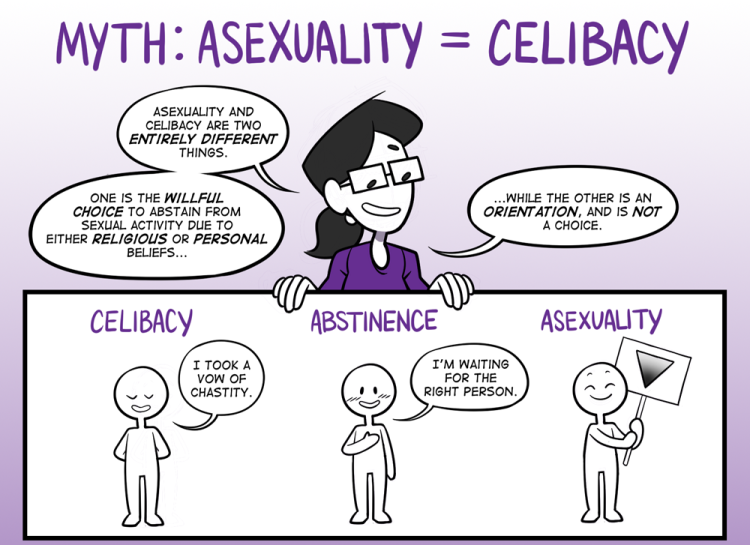Last week officially started our new series of workshops
called Taboo Talk, where we discuss sexual topics that you normally wouldn't
discuss in your traditional sex ed class. The theme of the series is Disney’s
Pixar, therefore each workshop is named after a Pixar movie.
We often think of relationships as sexual partnerships that
involve only two people…but what happens when a relationship doesn't look like
that? Our movie theme for last Friday was The Incredibles and the topic was
polyamory and asexuality; two things that many people have heard of, but often
do not understand because of the misconceptions and myths about them.
Polyamory
literally means “many loves” in Greek. In modern practice, polyamory is the
idea of having multiple intimate relationships with different people at the
same time. It’s also known as “consensual, ethical, and responsible non-monogamy.”
In a polyamorous relationship, the knowledge and consent of everyone involved
is mandatory, meaning all people in these types of relationships know that they’re
in one and are okay with it.
Polyamory can take many forms, ranging from a person having
multiple separate relationships to a
group of people having relationships with each
other. Polyamory not the same as
polygamy; polygamy usually involves one man with multiple wives, but not the
other way around. Having another relationship with someone else without your
partner knowing is also not
polyamory. Like mentioned before, all people involved must know and be in
agreement with one another.
On the flip side, asexuality
is a sexual identity where someone does not feel sexual attraction to or desire
for anyone. Often, people who are asexual prefer romantic non-sexual
relationships, but some also may not.
Just because a person identifies as asexual does not necessarily
mean that asexual people do not have sex; people who identify as asexual may
have sex for other reasons such as pleasing their partner or to have children.
Asexual people can also identify with having romantic or emotional attractions
to people similar to how a sexual person may identify as heterosexual,
homosexual, bisexual, etc; they just won’t feel a sexual attraction towards
them.
There are a lot of misconceptions associated with both
polyamory and asexuality for many reasons, ranging from media misrepresentation
(or lack of representation) to just having never met someone who expressed that they
are polyamorous or asexual. The best thing you can do is to do your research
and talk to folk who identify as polyamorous or asexual!
Resources:
- To learn more about Polyamory, visit More Than Two at: https://www.morethantwo.com/polyamory.html
- To learn more about Asexuality, visit Asexual Visibility and
Education Network (AVEN) at: http://www.asexuality.org/home/







